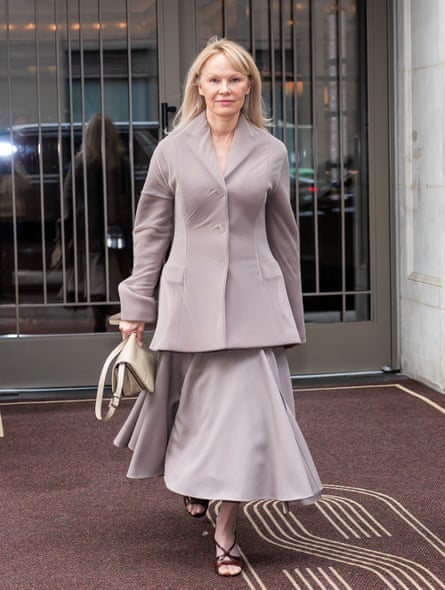Bye bye summer. Time to switch up the mood music and get back to business. Keeping the holiday spirit alive by sitting at your desk in sandals feeling sorry for yourself will only prolong the agony. It is much better to rip the plaster off quickly and start dressing properly again.
In the spirit of which, I would like to run you through a few hemline rules. I love a fashion rule – anything that helps pull an outfit together is fine by me. But if you don’t, then think of them as prompts to guide you by walking you through the best combinations of print, fabric and length. They don’t curtail what you can wear. In fact, they might expand it. By giving you a formula for how to wear each different length of skirt or dress, they might help you find a way of wearing whatever hemline it is that you think doesn’t suit you. We all have one of those, right?
The rules are incredibly simple. First: if you are wearing a miniskirt or dress, the fabric, colour and print can be very simple, because the look is punchy anyway. Second: with a knee-length hem, you need to add some pizzazz via fabric, colour or print – otherwise it looks a bit work-ish and boring. Third: a midi-length skirt needs some cool factor in the fabric, colour or print, because otherwise it looks a bit drippy. And fourth: a maxi hem is the best choice if you favour a dramatic or large-scale print, because big patterns need space to make visual sense.

These rules clarify so much. They have a lot to do with why many of us have rigid ideas of which length works best for us. We often assume it is because a certain length is flattering, but actually it is just that the fabric, colour or print we are naturally drawn to works better on some lengths than others. So, for example, if your default preference is for a very simple black matt fabric, then it might well be that you prefer an above-the-knee skirt to an on-the-knee skirt because, when you look in the mirror, you can see that the above-the-knee skirt looks better than the longer one. But what these rules flag is that, actually, you would also look great in – say – a knee-length skirt in black leather.
Let’s unpack it from the top, with the miniskirt. The motto of the mini is that less is more, and you can apply this principle to the style as well as the length. The mini looks ace when kept straightforward: black for smart, denim for casual. So, if your taste in shade and fabric skews classic, then a shorter skirt – doesn’t have to be bum-skimming, a couple inches above the knee still counts – could be worth experimenting with.
after newsletter promotion
Knee-length skirts are deceptive. They look like the easiest to wear, but they are the hardest. This is a sensible length, and you need to add a wink to camera, to keep it from tipping over to boring. If you want a skirt or dress with sequins or fringing, knee-length is the perfect foil for it. An interesting texture (suede, leather), an unusual colour or a kooky, 1960s or 1970s graphic print works really well.
Next, midi skirts. A midi is easygoing and undramatic. It is smart, practical and doesn’t scream any particular decade. So it is best worn with a bit of attitude, because otherwise it risks looking feeble. Don’t let yourself fade into the background. A deckchair stripe is good, or a strong texture like crochet or lace. Not a spriggy floral. Do you see what I mean?
If you like a big old flowery print, I suggest you lower your hem to the floor. A maxidress like the one in the main image is the ideal showcase for patterns that need room to breathe. Back to school doesn’t have to be boring. But you have to know the rules to play the game. Did you get all that?
Model: Amaka at Milk. Hair and makeup: Sophie Higginson using Davines and Rare beauty. Dress, £78, Asos. Shoes, £49.99, Zara. Sunglasses, £14, River Island

 1 month ago
38
1 month ago
38

















































